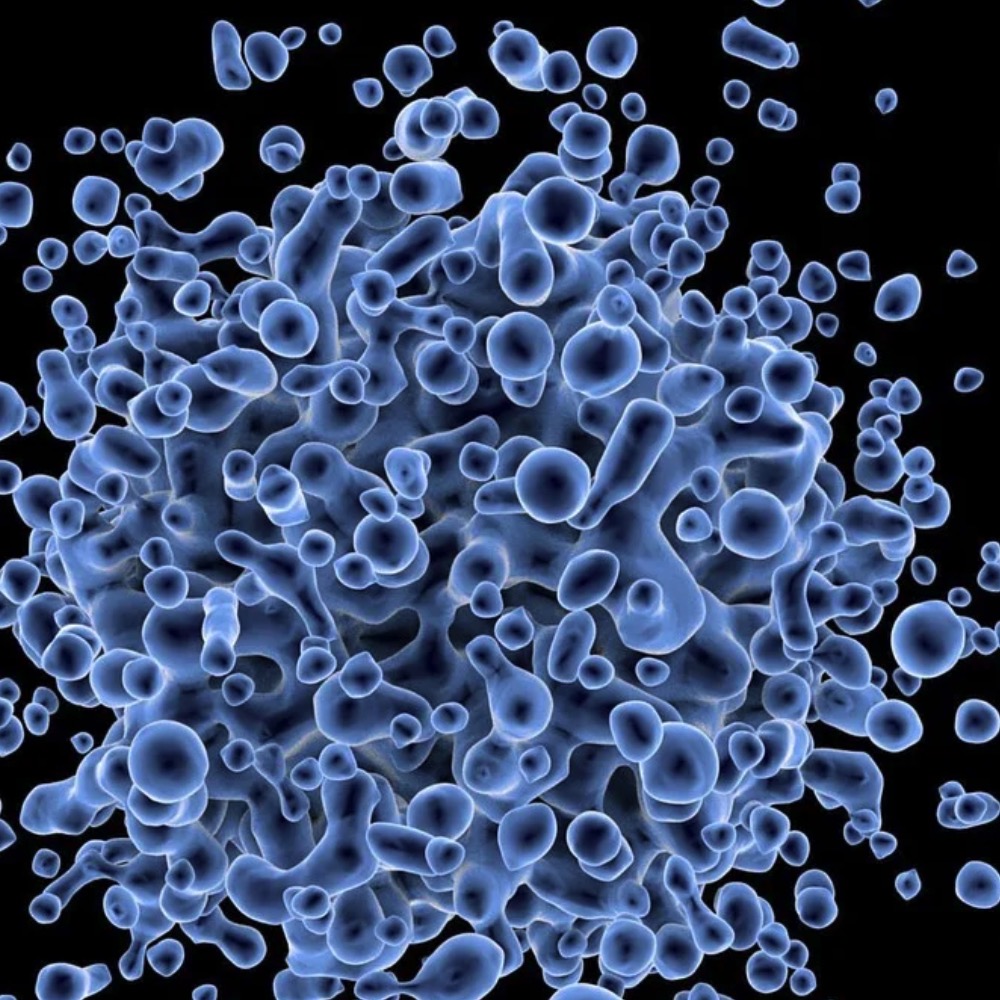Assessment of liver and kidney function in patients with ankylosing spondylitis on long-term non-steroidal anti-inflammatory drug therapy
All claims expressed in this article are solely those of the authors and do not necessarily represent those of their affiliated organizations, or those of the publisher, the editors and the reviewers. Any product that may be evaluated in this article or claim that may be made by its manufacturer is not guaranteed or endorsed by the publisher.
Authors
Objective. This study aimed to analyze the status of liver [aspartate aminotransferase (AST) and alanine aminotransferase (ALT)] and kidney (serum creatinine) function in ankylosing spondylitis (AS) patients assuming continuously non-steroidal anti-inflammatory drugs (NSAIDs) alone over a long period.
Methods. Between 2013 and 2022, there were records of 385 AS patients. Of them, 56 were receiving only NSAIDs, and the files of these patients were retrospectively analyzed. Demographic and clinical characteristics were collected. Blood tests, including serum creatinine, AST, and ALT, were assessed at each visit.
Results. Of the 56 patients, 39 were male. The mean age was 45.30 years, and the follow-up period was 9.80 years. Of them, 44.6% used indomethacin, 26.8% naproxen, 17.9% diclofenac, 5.4% acemetacin, 3.6% meloxicam, and 1.8% celecoxib. The mean baseline serum creatinine was 0.71 mg/dL. The mean baseline serum AST and ALT were 19.6 u/L and 22.9 u/L, respectively. Baseline creatinine, AST, and ALT were not statistically significantly different between sexes. There was a statistically significant difference between mean creatinine concentrations at baseline and at year 3. One patient on naproxen discontinued treatment due to elevated creatinine. The creatinine level decreased during the patient’s follow-up. Liver enzymes above 3 times the normal value were not seen in any patient.
Conclusions. Based on real-world data, long-term use of NSAIDs has generally not led to acute liver and kidney injury or progressive impairment of hepatorenal function requiring discontinuation of treatment.
How to Cite

This work is licensed under a Creative Commons Attribution-NonCommercial 4.0 International License.
PAGEPress has chosen to apply the Creative Commons Attribution NonCommercial 4.0 International License (CC BY-NC 4.0) to all manuscripts to be published.










